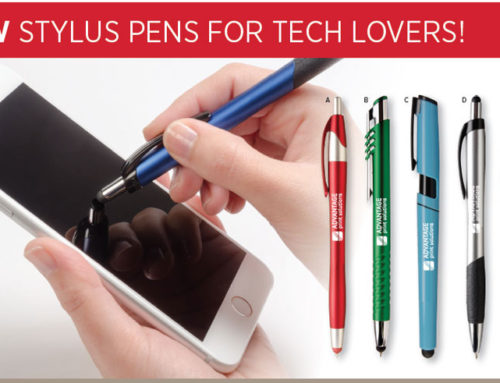As I searched for an image to use for my holiday blog, I came across this image of Santa with a feather pen.
It got me thinking of how we take all the “things” we have in our home for granted.
How many pens do you have in your home? Dozens? Hundreds? We went from writing with sticks and chiseled rocks, to feathers, to pens dipped in in bottles to ball point pens.
Writing was at one time romantic… look at Santa with a feather dripping with ink in candle light, writing on parchment paper. Ahhh.
Just for fun, here is a basic history of the pen (the word pen is derived from “penna”, Latin for feather).
Around 4000 BC – Man scratches the surface of a moist clay tablet with a bronze or bone tool.
Around 3000 BC – The Egyptians used thin reed brushes or reeds to on papyrus scrolls scribes used thin reed brushes or reed pens.
1300 BC – The Romans have been developing form of writing, that they scribed into thin sheets of wax . Romans used a metal stylus.
400 – 600 AD – As well as writing on parchment, the Anglo-Saxons also used tablets filled with wax for notes and for planning the layout of large books. They wrote on the tables with a metal or bone stylus, that had a pointed end and rubbed out the words with flat end.
600-1800 AD – The Europeans found that writing on parchment with a quill pen altered the style of writing. At first they used capital letters all the time, but later they developed faster styles with small letters. Quill Pens were the writing instrument from 600 to 1800 AD.
1790s – Pencil lead was invented independently in France and Australia.
1800-1850 – A metal pen point was been patented in 1803 but patent was not commercially exploited. Steel nibs came into common use in the 1830s. By the 19th century metal nibs had replaced quill pens. By 1850 quill pen usage was fading and the quality of the steel nibs had been improved by tipping them with hard alloys of Iridium, Rhodium and Osmium.
1884 – Lewis Edson Waterman, an insurance broker invented the first proper fountain pen.
1888-1916 – The principle of the ball point pen actually dates from the late 19th Century when patents were taken out by John Loud in 1888 for a product to mark leather and in 1916 by Van Vechten Riesberg. However neither of these patents went commercial.
1940s – The modern version of ball point pen was invented by Josef (Lazlo) and Georg Biro. In 1943 the first commercial models were made. The rights to Lazlo’s patent were bought by the British Government. The ball point pen is more rugged than the fountain pen which may be why sales rocketed during World War II when the Military needed robust writing implements to survive the battlefield environment.
Now it gets interesting to all you entrepreneurs out there!
October 1945 – The ball point pen was introduced to the U.S. market.
While putting the finishing touches on his gravity-fed pen with hand-assembled body made of war-surplus aluminum, the entrepreneur, Milton Reynolds stumbled onto the fact that it wrote, without blurring, on a soggy cocktail napkin. A tag line was born: “It Writes Under Water!”
Who, other than Jacques Cousteau, would need that? But Reynolds guessed it would get people talking and some 10,000 were sold at the launch at Gimbel’s department store in New York on October 29th 1945 for the hefty price of $12.50 (which is about $165 dollars today).
1953 – First inexpensive ball point pens were available when the French Baron, Bich, developed the industrial process for manufacturing ball point pens that lowered the unit cost dramatically (BIC, Co.)
Today, we type on computers, tablets and phones. It seems that writing with a pen and/or pencil is once again a romantic notion. It’s almost nostalgic, a skill we need to pass down to our children so it’s not a forgotten art.
Maybe it’s why adult coloring became so popular. We collectively miss the days of using the creative process of writing and using out hands to create and communicate.
Maybe Santa should put a few nice pens, pencils and/or markers in your holiday gifts and stockings this year.
I wish you the happiest of holidays and a prosperous, joyous new year.

Debbie Smith
(614) 519-2392
debbie@advantageprintsolutions.com







Leave A Comment